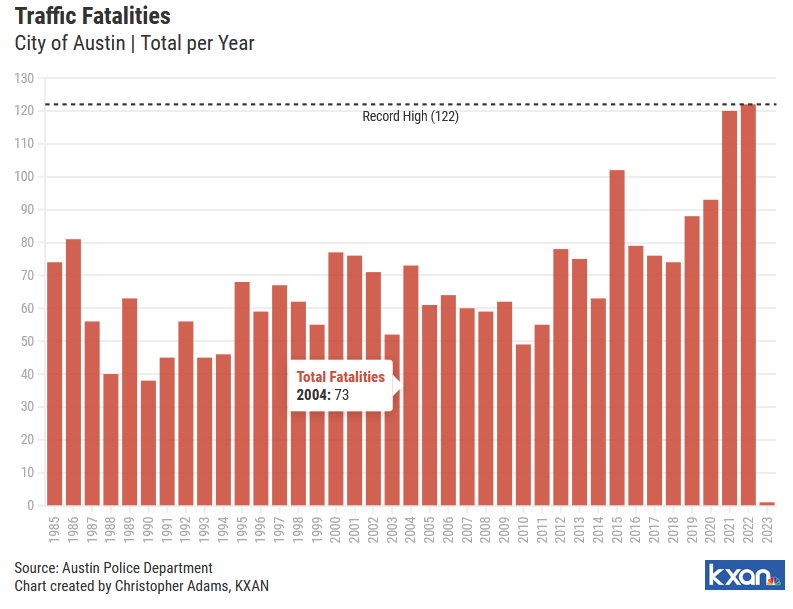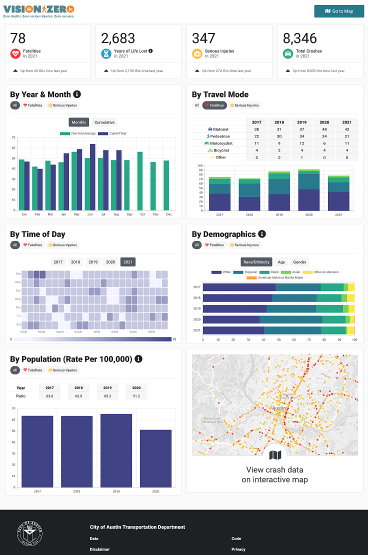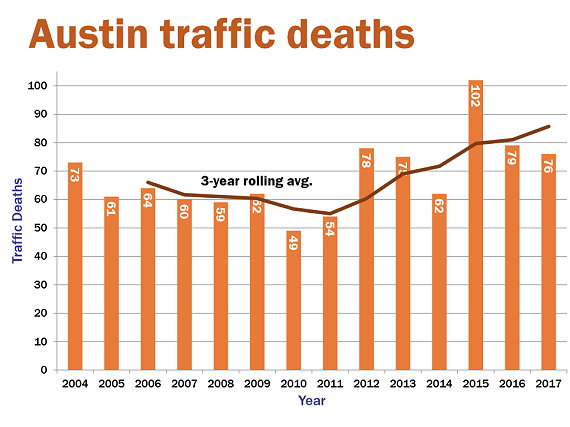May 31, 2018 – U.S, News – A new report found fatally injured drivers are increasingly under the influence of one or more drugs. Some 22.3 percent of fatally injured motorists who were tested for drugs tested positive for marijuana in 2016, a figure that researchers say has “increased substantially” in recent years as states have legalized the drug for recreational or medicinal use, according to a new report.
The finding, in a study released Thursday by the Governors Highway Safety Association, was one of several regarding the growing prevalence of drugs in vehicle fatalities. The report also found that 44 percent of drivers killed in automobile accidents in 2016 who were tested for drugs tested positive for one or more substances – a number that was up 28 percent from 10 years prior. That figure eclipsed the 37.9 percent who were known to have been tested for alcohol and tested positive – a figure that actually fell in the last decade, from 41 percent in 2006.
The report was intended to draw attention to the need to incorporate a drug message into programs that encourage motorists not to drive while impaired. It noted that marijuana was the most commonly found drug. Jim Hedlund, author of the study, says “marijuana use has become more normalized” as states across the country decriminalize the drug. “If use is up, use by drivers is up,” Hedlund says.
 Hedlund attributes the decline in alcohol-related deaths to the “broad societal consensus” that drunk driving is wrong. There’s a “strong societal consensus. It’s [drunk driving] is bad,” he says. “Everyone knows it’s bad.” However, this way of thinking hasn’t caught up to drug-impaired driving yet. That’s where education comes in. “That’s the next step. Precisely to provide that education,” Hedlund says.
Hedlund attributes the decline in alcohol-related deaths to the “broad societal consensus” that drunk driving is wrong. There’s a “strong societal consensus. It’s [drunk driving] is bad,” he says. “Everyone knows it’s bad.” However, this way of thinking hasn’t caught up to drug-impaired driving yet. That’s where education comes in. “That’s the next step. Precisely to provide that education,” Hedlund says.
The report suggests that some of the strategies used to decrease drunk driving can be applied to prevent people from driving while on drugs. However, several challenges come with that. A driver can consume a vast number of drugs that would be difficult to test for. Additionally, no nationally accepted method exists for testing drug-impaired drivers, and different drugs have different effects on different people.
Among recommendations to reduce drug-impaired driving, the study points to the need to develop impairment-assessment tools, such as oral-fluid devices and marijuana breath-test instruments, to support the drug-impaired-driving prosecution process by increasing law enforcement training, authorizing electronic search warrants for drug tests, and to educate prosecutors and judges on drug-impaired driving.
Hedlund outlined additional recommendations, including raising public awareness about the impairments certain drugs have on the body, and working with pharmacists to improve communication between drugmakers and consumers.
By Alexa Lardieri, Staff Writer May 31, 2018, at 12:01 a.m.
Read Full Story Here




